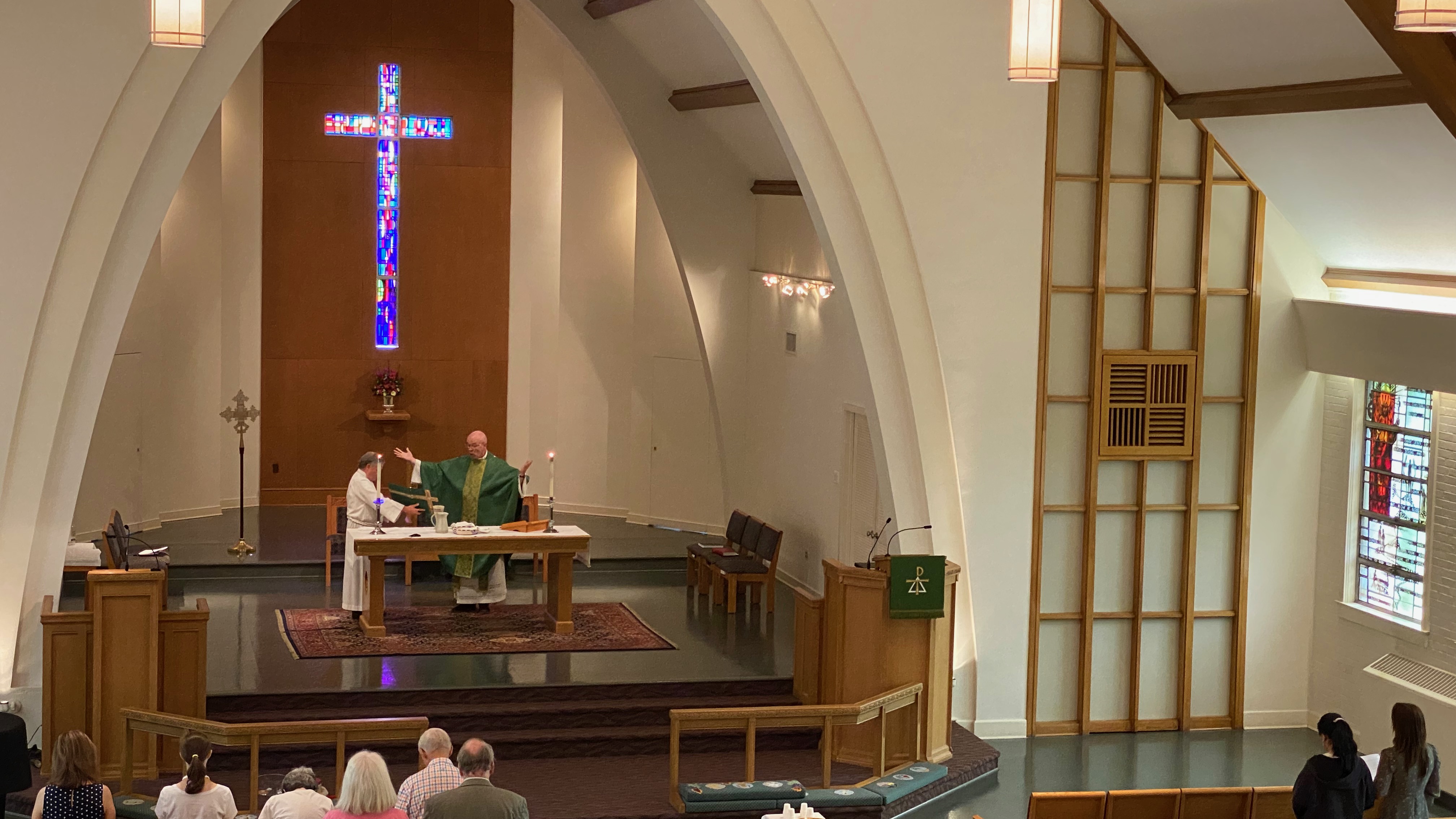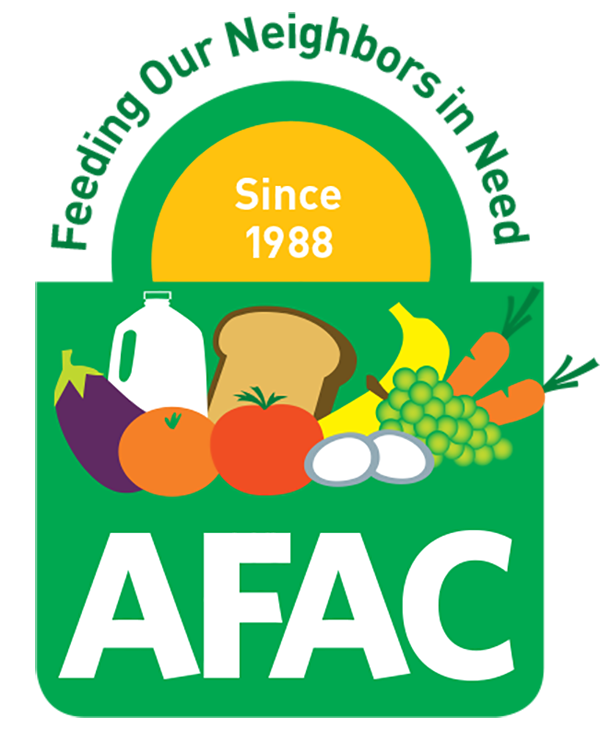What’s happened in all this time? One thing is to address the obvious – literally, how did our garden grow? I am delighted to report that this year we harvested 412 pounds from our “Plot Against Hunger,” a better yield than last year I am told. This fresh produce was delivered to Rock Spring Church where it was subsequently distributed to local food banks. Additionally, we have collected 2,605 pounds of food on our Sunday AFAC Collection Days as of November 15 along with approximately $8,000 in monetary contributions. Thanks be to God for such yields to benefit the most vulnerable among us, especially during this pandemic-time of urgent need! Now much of our garden is bereft of plants. What remains has lost its foliage. That small plot of ground in the church yard has returned to its dormancy and awaits another growing season.
What about our life together as a congregation? On first blush, it seems as though we have persisted in a time of dormancy, that our dormant period now is in sync with nature’s rhythms with winter soon upon us. In significant ways, it’s true that our dormancy continues. We are still refraining from the most fundamental, basic, essential of Christian realities, namely, being called together in person, in the flesh, in community by the Holy Spirit to engage the fullness of Word and Sacrament on Sundays.
But this season of our life has not been without some forms of growth, particularly as we have slowly adapted to the realities of a new spiritual, circumstantial ecosystem. One of the miracles of nature is the ability of living systems to adapt to new or maybe hostile realities in the environment. I think of how wild flowers happen to appear in craggy, rocky places high in the mountains. I think of the earliest of spring flowers, like the crocus, that pushes its way up through the melting snow to be among the first blossoms even in late winter.
So, even if our current environment is hostile to abundant growth in our life together as a congregation, signs of life and growth nonetheless have persisted and also emerged in new ways. It has been heartening to watch the evolution of our bi-weekly collections of food for AFAC over the course of the spring, summer and autumn, how these occasions became important points of contact among members of the congregation, how people would linger in their masks outdoors for conversation. What began as spontaneous, extemporaneous, unscheduled occasions of brief prayers of thanks for the food donations and prayers for those who benefit from them has evolved into a scheduled occasion for worship outdoors with a more formal, yet still brief, liturgy of the Word and intercessory prayer. It was satisfying for me as a pastor to watch this prayerful assembly in person naturally, organically blossom over the course of many weeks.
Likewise, we’ve adapted to our rather unwelcoming environment that prohibits most gatherings in person to include more of Zoom in our life together – not just meetings of the Council and committees, but occasions for Bible Study, lectio divina, mutual support and now Evening Prayer via Zoom during the season of Advent. Additionally, Zoom has served and will continue to serve as a format for Meet and Greet the Pastor, occasions for us to get to know each other better in our life together. Moreover, Zoom is the platform that has allowed us to begin to take up racism and to further our formation as anti-racist people via a book discussion group and Friday evening film series.
I used the early weeks of this period of dormancy in the initial phase of my pastorate to articulate a set of vision statements for my ministry as pastor which I have shared with the Congregation Council, and which I will share with the whole congregation at our annual meeting in January. That set of vision statements has indeed guided my ministry thus far. I pray that in collaboratively discerned and determined ways, a version of the statements will become a shared vision of our whole congregation.
One of my visions involves the parsonage, which I have conceived as a place of hospitality for the congregation in the spirit of Benedictine spirituality. I have used some of the time of this period, of course, to make home out of this church-owned house. I am happy to report that the parsonage is largely prepared and ready to receive guests. There are six new patio chairs for the deck outdoors. The little chapel in the far end of the dining room is almost ready to receive people for prayer and study. All that remains are the wooden chairs with padded seats that are currently on order. These parsonage preparations are also a kind of growth that simply awaits harvest when we can again more safely gather together in person.
Some of the growth and signs of life in our congregation in this inhospitable season in the life of the world are not particularly obvious – not unlike the blossoms that appear in the rocky places. Sometimes we are beckoned to be intentional in looking out for these signs of life. But when we are attentive and on the look-out, such signs of life and growth are indeed there, often hidden in plain sight.
God, give us eyes to see the ways in which the resurrected life of Christ is evident in our midst even now with a pandemic winter soon upon us.
Prayerfully in Jesus’ name with thanksgiving during this season of harvest,
Pastor Jonathan Linman






